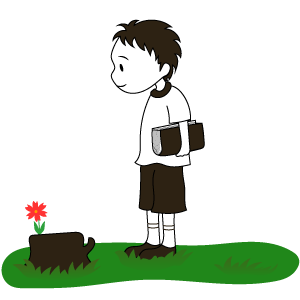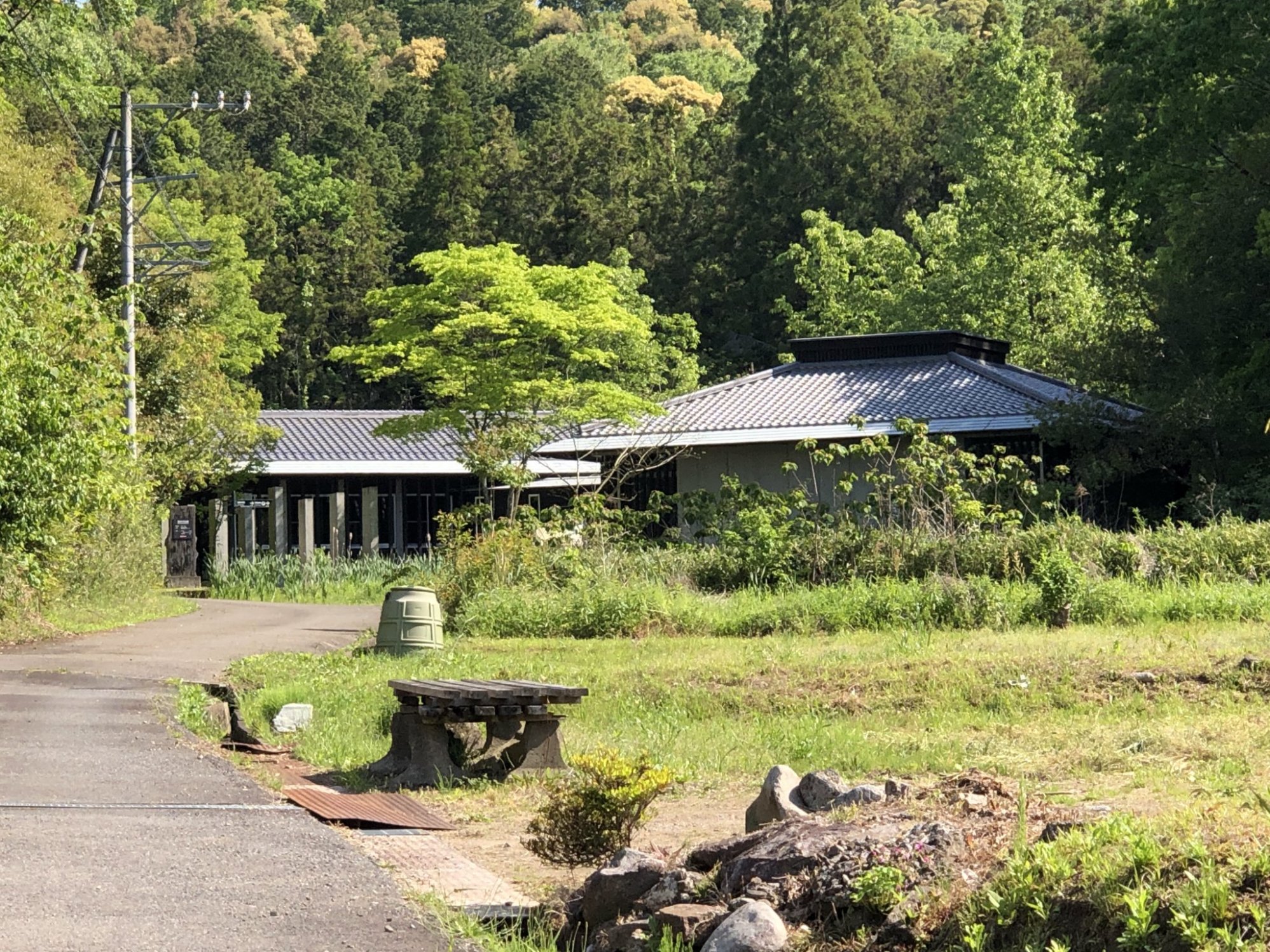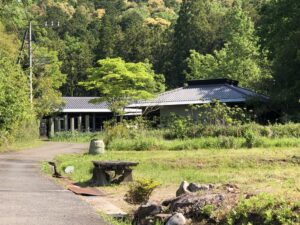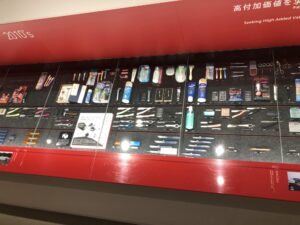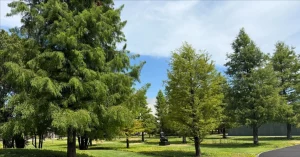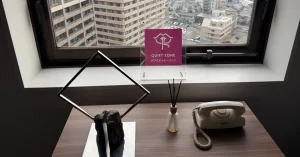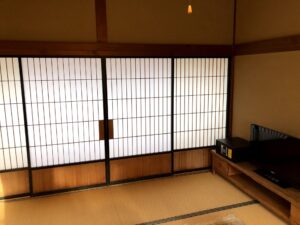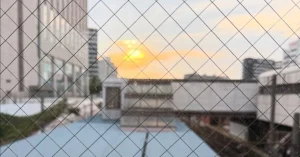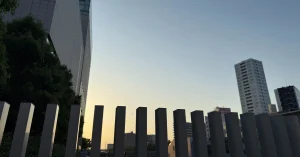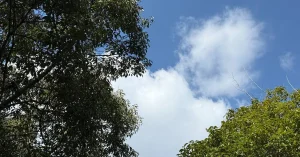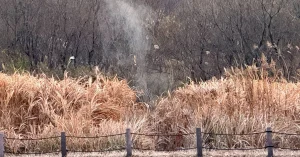I like Enku’s Buddha statue.
I want to keep it close to me, so I often check Yahoo Auctions to see if it is on sale. There are some beautiful imitations, but they have lost that rough, almost rustic, taste.
So, during the Golden Week holidays, I visited Seki City, the place where Enku’s death (nyushiki) took place, which I had always wanted to visit.
To tell the truth, although I live in the suburbs, I have never properly visited Seki City (although I have passed through it many times). I had an image of Seki as a town near and far, a town of cutlery.
Enku was a Buddhist monk in the early Edo period who, while traveling around the country, vowed to create 120,000 Buddhist statues in his lifetime for the people who were forced to live in hardship, and actually finished making them.
As you can see on the Internet, Enku’s Buddha images, like the Jizo statue that sits in a corner of a street, have a wonderful and charming “smile”.
I believe that the farmers who were living on the edge at that time were especially moved by the smile of the Buddha image he left behind when he came to visit, and sincerely wished for his “salvation.
Some of the remaining Buddha images are partially discolored or worn out, probably because they were not to be looked up to with awe like the statue of Kannon in the large temple complex, but rather to be grasped and sometimes embraced with a feeling of clinging to the image itself.
The reason why more than 5,000 Buddhist statues remain in Japan today is because so many people have cherished them with all their hearts.
Enku’s way of life was somewhat similar to that of Yoshihiro Ryokan, or perhaps even to that of Yamatoka Taneda, and instead of composing waka poems and haiku, Enku carved Buddhist statues.
Enku rebuilt a temple called Miroku-ji in Seki, which had been abandoned, and spent his last years there. Then, after a period of illness, he entered into a state of rest by the shore of the Nagara River.
It is said that he died while being deeply regretted by many residents of the neighborhood. At that time, he probably had a smile on his face like a Buddha statue that Enku himself had carved.
I am not a Buddhist, but I like monks. I am not a Buddhist, but I like monks. I like the art (thoughts?) they make. Tanka, haiku, Buddha images like Enku, ink paintings, tea ceremony. They are the very words of their prayers.
They must have helped more people’s hearts than difficult words written in sutras.
Returning to my trip, as I was walking along the banks of the majestic Nagara River after visiting the Enku Museum and the site of Miroku Temple, I was suddenly reminded of Kenji Miyazawa. Including the atmosphere of the land, which resembles Hanamaki, I thought, ah, what a similarity. I also understood why Enku chose this place as his final resting place. He said it was a nice place.
Kenji Miyazawa was not a Buddhist monk, but he was a devoted follower of the Lotus Sutra system. He believed that unless all the people of the world were saved, he would not be saved either. With such tremendous ideals, he left many fairy tales and conducted the activities of the Rasu Jijin Association.
The fairy tales he produced are also one of his prayers, and I feel the smile of Enku’s Buddha-like figure in his fairy tales. That is why his fairy tales are still read to this day.
People are actually like this. There is literature that exposes the darkness that people hold as such, but for me, I want to base my creation on the feeling of “prayer” that Enku and Kenji Miyazawa wished for. And I want to always remember it. I vowed to Enku’s grave at the end of the moss-covered stairs.
For this reason, I would like to acquire one of Enku’s Buddha statues. I wonder where I can find one at a good price.
See you soon!
